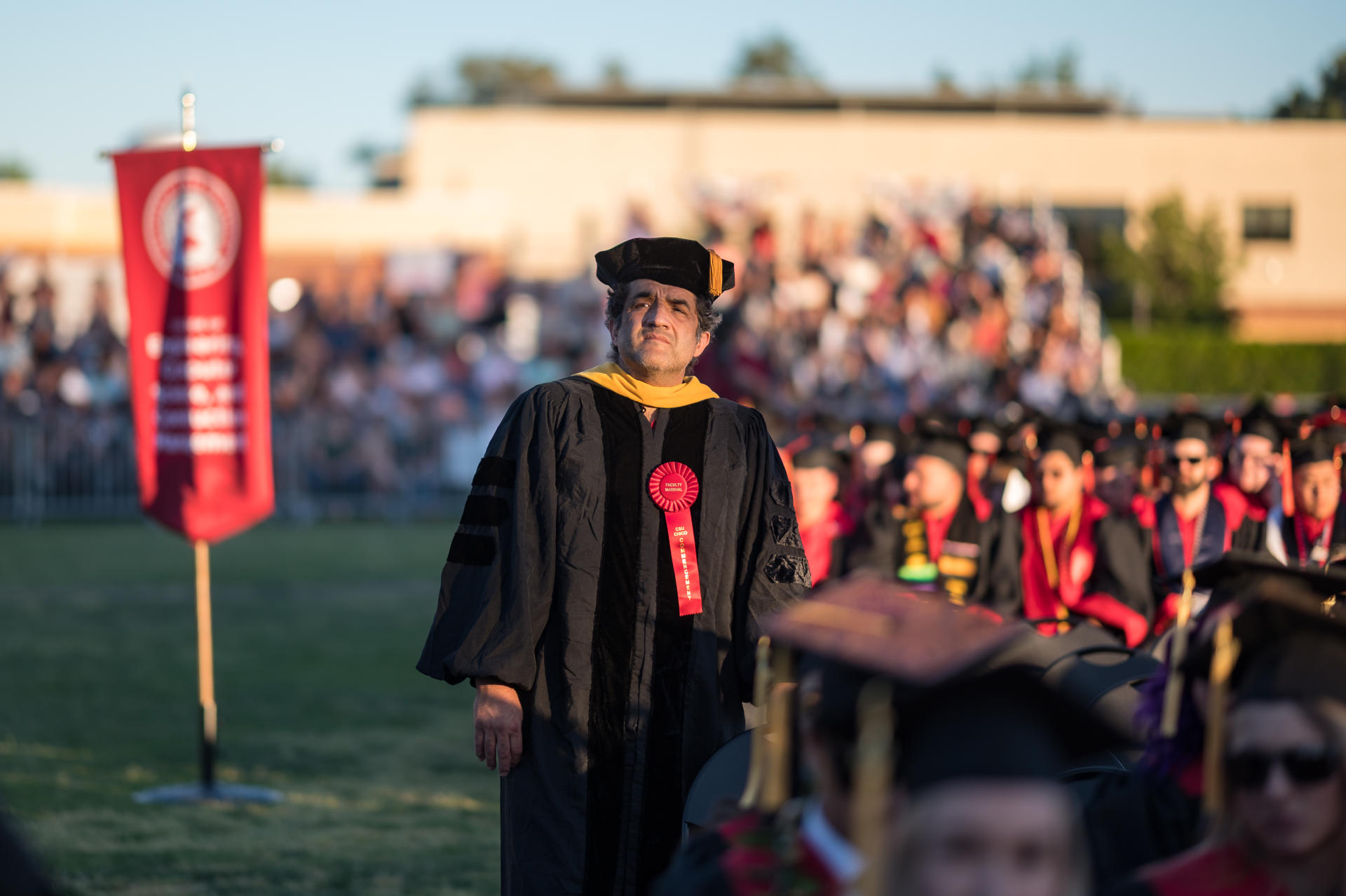Three-Year, $2.5 Million DOE Grant Puts Chico State at Leading Edge of Teaching Quantum Computing

Quantum computing has piqued the interest of physicists, mathematicians and computer scientists with its potential to solve some of the world’s most complex problems faster and more accurately than ever. A grant from the US Department of Energy (DOE) puts Chico State and collaborators from CSU San Marcos at the CSU’s leading edge in preparing students for a quantum computing future.
In efforts to promote the field of quantum information science and technology (QIST)—an area of science that impacts communication, quantum computing and sensing—Chico State Department of Computer Science Associate Professor Jaime Raigoza and other scientists from around the state have been awarded a three-year, $2.5 million grant from the DOE.
Funding for the grant titled “QIST in the CSU: Expanding Access to Quantum Information Science and Technology” was awarded to Chico State and co-Principal Investigator Raigoza, CSU San Marcos Physics Professor and PI Justin Perron, the CSU Chancellor’s Office, Sandia National Laboratories and Growth Sector, a Bay Area nonprofit that works with community colleges to expand access to STEM degrees and careers.
The grant, which began in February 2023 and will run through February 2026, brings QIST to the CSU by funding faculty workshops and online learning communities; curriculum dissemination through STEM-NET—the CSU multicampus consortia at the Chancellor’s Office—summer quantum experience camps; year-long quantum-focus student learning communities at both Chico State and San Marcos; and student internships at Sandia National Laboratories.
Raigoza notes that the practical possibilities for quantum computing are broad and potentially impactful on everyday life.
“Some practical applications of this emerging technology include secure communication, the simulation of more complex molecules in discovering new drugs, developing tools to provide early cancer detection and an impact on the energy sector to provide a more efficient infrastructure,” Raigoza said. “The potential to solve complex problems plus the impact on national security also exists.”
The purpose of the project is twofold. The first is a focus on providing opportunities and support to students with bridge programs to introduce incoming undergraduate students to QIST and ensure they have the necessary math skills to succeed in their majors. Additionally, cohort-based learning communities will provide professional development opportunities for students, and coveted summer internships at Sandia National Laboratories for undergraduate students will offer valuable QIST research experiences.
This robust list of experiential research will educate and empower undergraduate students to fill a much-anticipated workforce in the future—with that happening right here in the CSU.
“With the field being so new, there currently are insufficient education and workforce development opportunities at the undergraduate level to meet the anticipated need,” Perron said. “This project hopes to help address this by building capacity in the CSU and leveraging existing resources to help bring the field to our diverse student population.”
The second purpose is to focus on faculty activities to expand the capacity within the CSU to offer QIST courses, research and support.
“QIST has the potential to revolutionize the computing field. To meet the growing quantum computing workforce, students will need to understand this new field where very few schools are teaching, especially within the CSU,” Raigoza said.
Chico State students interested in learning more about quantum computing and QIST can reach Raigoza at jraigoza@csuchico.edu.


